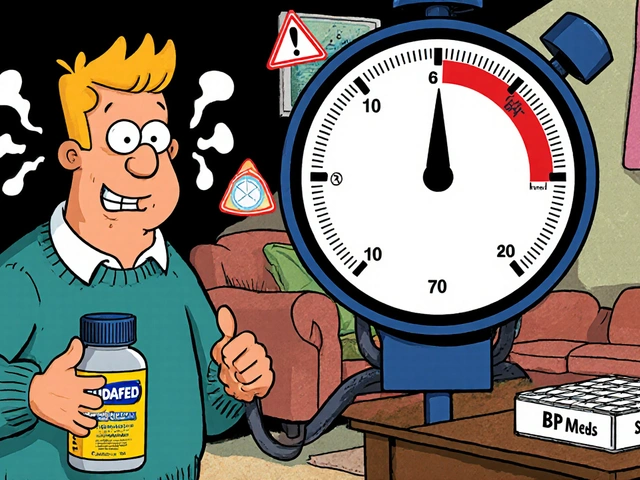Aquatic Therapy: Benefits, Tips & Getting Started
Ever wonder why gyms are adding pools for workouts? Water supports your body while it resists movement, making exercises feel easier on joints but harder on muscles. That’s the core idea behind aquatic therapy – you get a full‑body workout without the pounding that can hurt sore spots.
Why Choose Aquatic Therapy?
First off, buoyancy lifts up to 90% of your weight, so even heavy‑set folks can move freely. This means people with arthritis, back pain, or post‑surgery limits can still do cardio and strength training. Second, the water’s temperature keeps muscles warm, reducing stiffness and helping you stay in motion longer.
Third, resistance works in every direction. When you kick, pull, or stretch, the water pushes back uniformly. That builds balance and core stability faster than land drills alone. Finally, many find the rhythmic splash calming – it’s a built‑in stress reducer that boosts mood while you train.
How to Get Started
If you’re new, look for a community center or rehab clinic with a shallow lap pool. A qualified therapist can design a simple routine: warm‑up walks in the water, gentle arm circles, and ankle pumps. Start with 10‑minute sessions two times a week and watch how your stamina improves.
Don’t forget proper gear. A non‑slip shoe or aqua sock protects your feet, while a swim cap keeps hair out of the way. If you’re nervous about staying afloat, grab a noodle or kickboard – they give extra buoyancy without limiting movement.
Progression is easy: add resistance bands that attach to pool ladders, increase the depth for more challenge, or incorporate light dumbbells designed for water use. Aim to mix cardio (like water jogging) with strength moves (such as chest presses using the pool edge).
Safety matters. Always check the water temperature; most therapeutic pools stay between 86‑94°F (30‑34°C). If you feel dizzy or short of breath, pause and step out. Hydration is still key – drink water before and after your session.
People often ask whether they can replace land workouts entirely. The answer: use aquatic therapy as a complement. While it protects joints, it doesn’t fully replicate the bone‑building impact of running or jumping. Pair both for balanced fitness.
Bottom line: aquatic therapy lets you move more comfortably, recover faster, and stay motivated with a low‑impact environment. Give it a try – your body will thank you for the gentle yet effective push.

The role of aquatic therapy in improving mobility for children with cerebral palsy
In my recent exploration, I discovered the significant impact aquatic therapy has on children with cerebral palsy. This form of therapy uses the natural buoyancy of water to facilitate movements, which can be difficult on land due to muscle weakness or spasticity. The warm water also helps to relax muscles, making exercise easier and more comfortable. Aquatic therapy has been found to notably improve mobility, balance, and overall quality of life in children with cerebral palsy. It's truly inspiring to witness how these little warriors find a sense of freedom and fun in water while enhancing their physical abilities.





